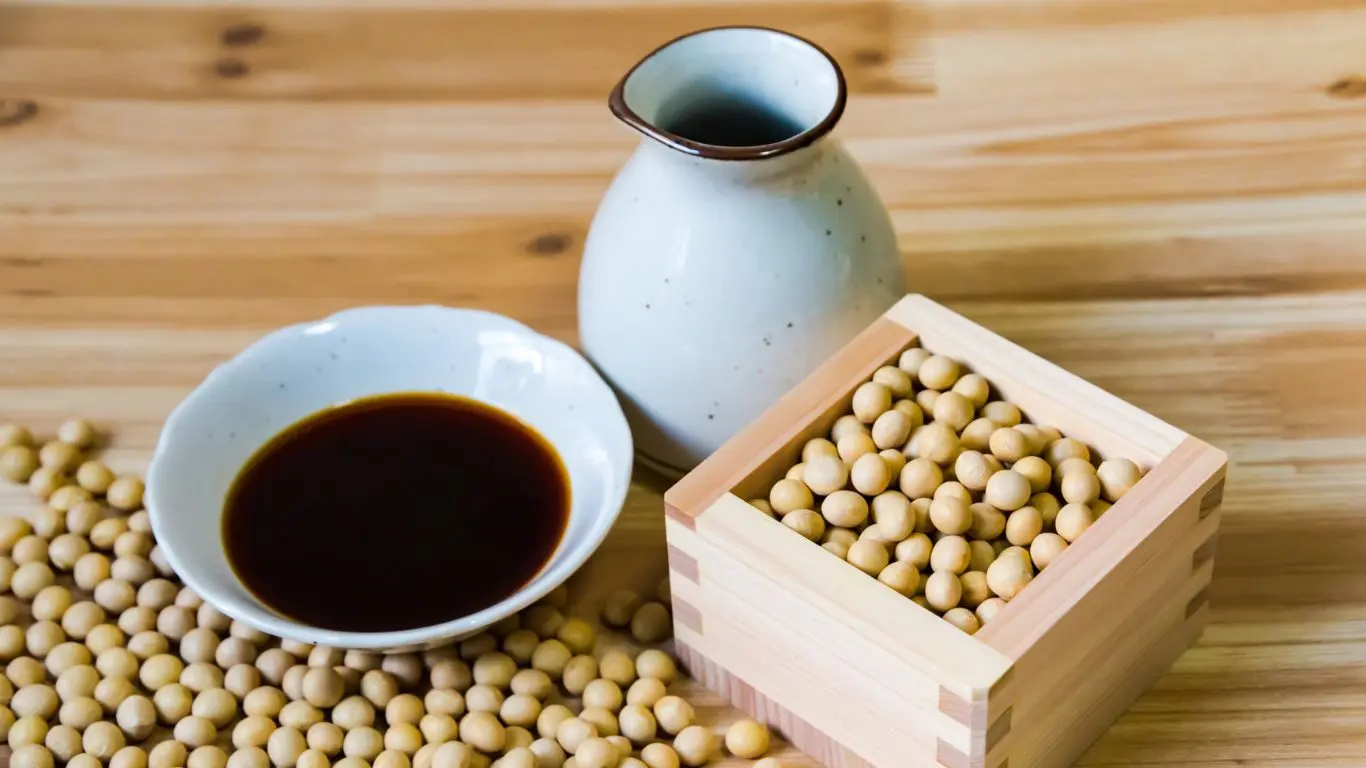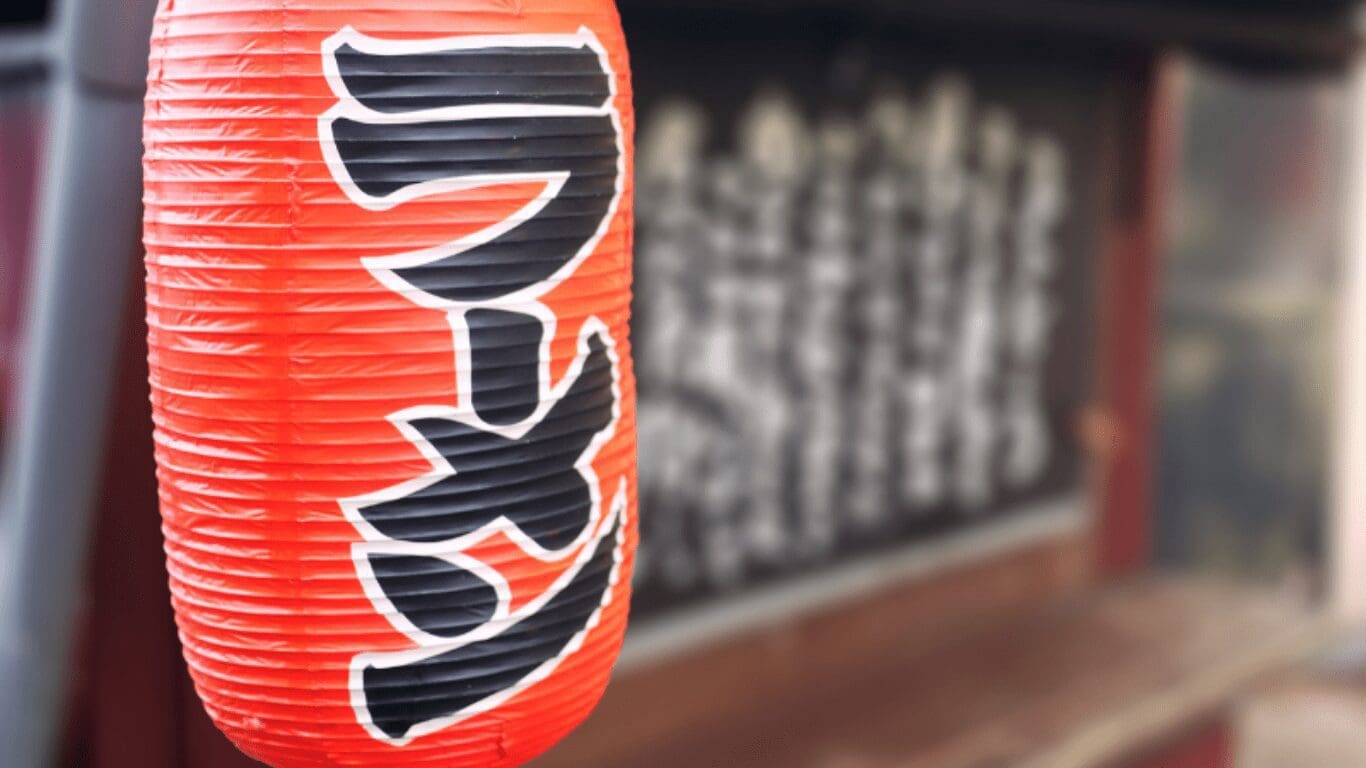Let’s Ask the Chef About Ramen! PART 4 :WHAT ARE THE NOODLE CUTTER NUMBERS?
Published: Feb 22, 2023/ Last Updated:Feb 22, 2023
- 2 min read
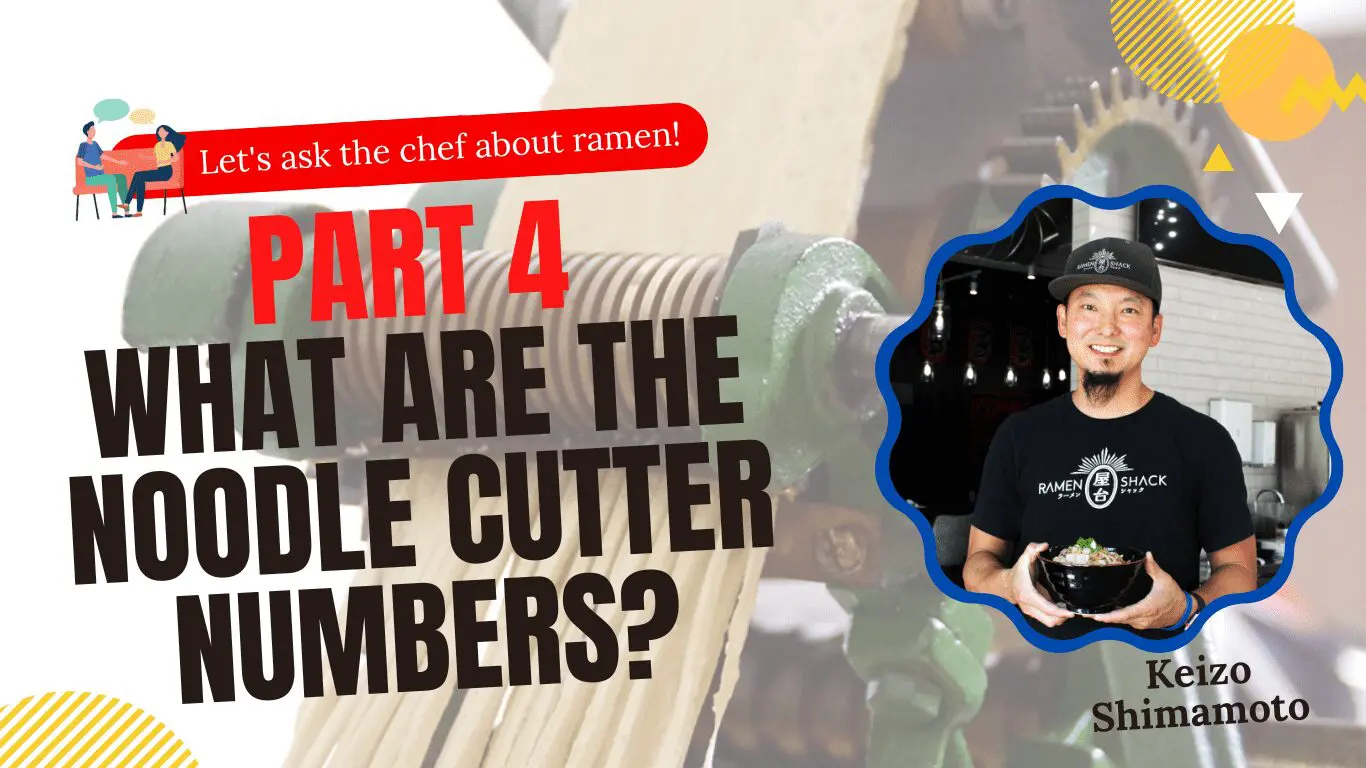
In this blog we will be discussing the part 4 of the “Ask the Chef About Ramen” series! We will explain the standard number “cutting blade number” when handling noodles. Depending on the thickness of the noodles, the noodles are often referred as thin noodles, medium-thick noodles, or thick noodles. Noodles differ to best match different types of ramen broths. The thickness does not vary depending on the ramen shop, but there is a standard number. Let’s take a look at how the number was decided, and what thickness of noodles are used for which ramen!
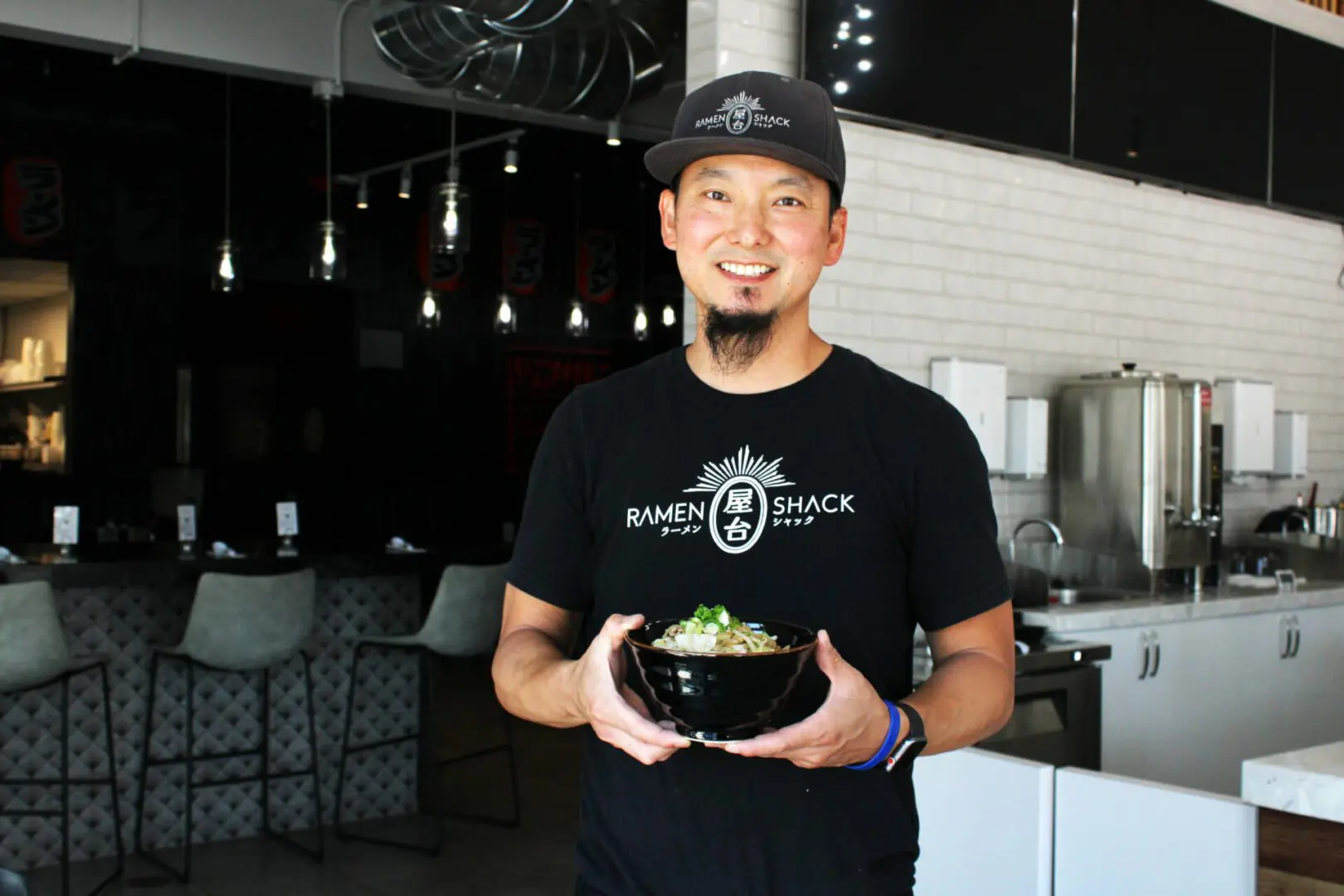
Keizo Shimamoto
Inventor of Ramen Burger and founder of Ramen Shack. Influenced by a burger using chashu he encountered while training in Japan, he invented the Ramen Burger in the United States, which was a huge success. He knows ramen thoroughly and is passionate about making ramen. A self-admitted and renowned ramen freak.
- Index
Numbers speak volumes in the ramen language
An average person would probably not look down at their bowl of ramen and think “hmm, I wonder what cutter number these noodles are?” But to a ramen chef, these numbers speak volumes in the ramen language. An average Tokyo shoyu ramen noodle is a #22. A typical tonkotsu noodle is a #26. A Tsukemen? #12. Of course these numbers make absolutely no sense without a little explanation, but if you look closely, a lower number corresponds to a thicker noodle.
A new standard of measuring noodles
In the early days of noodles, craftsmen based their calculations off of a measurement called Issun (一寸) which is generally thought to be the width of a person’s thumb–30.03mm. If an Issun produced 22 strands of noodles, then that noodle width was labeled #22, which is actually a 1.4mm noodle (30.03÷22=1.4). So rather than relying on the actual width of the noodle, a new standard was born.
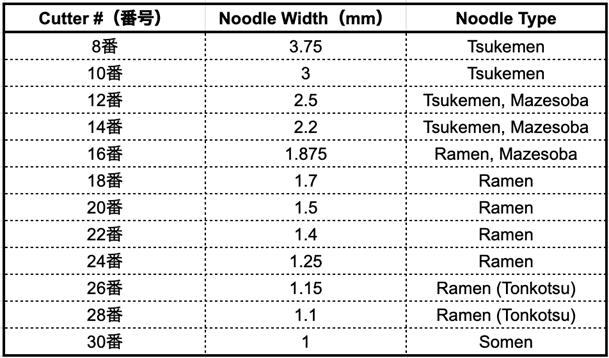
Conclusion
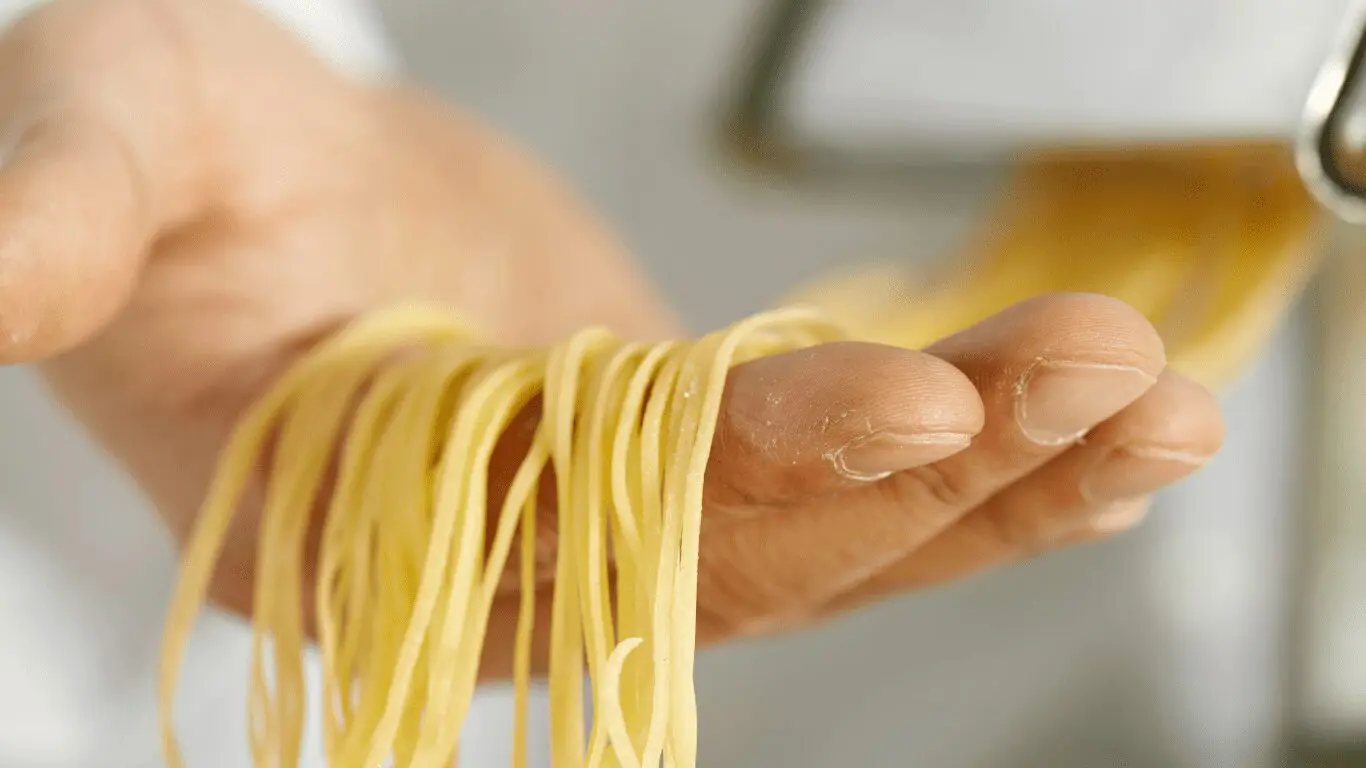
Nowadays, a cutter will produce much more than that number of strands, but this is now the standard naming convention for all ramen noodle making machines. And yes, the lower the number, the thicker the noodle. Also, if a chef asks you to pass him the #13 cutter don’t spend the entire morning looking for one. They only come in even numbers.
We hope you took some interest in the noodle cutter number. In this blog, we explained the thickness and cutter numbers that are familiar to those who eat ramen. Next time you eat ramen, what number noodle will you be slurping? Keep our blog in mind!
Myojo × Keizo Shimamoto
